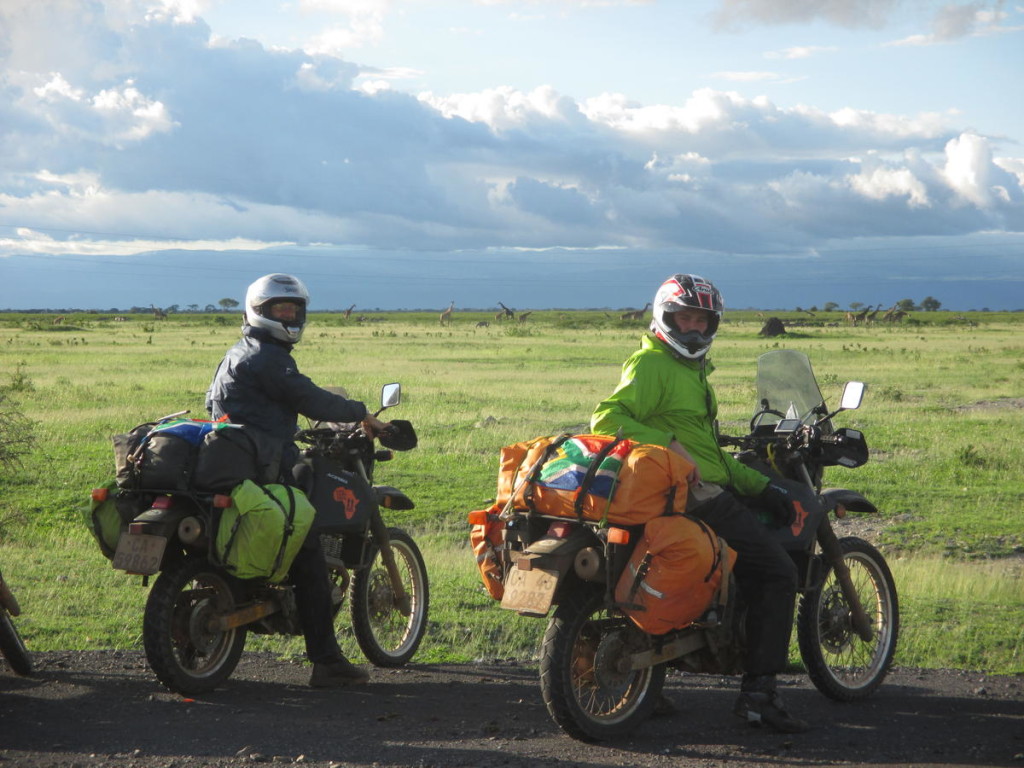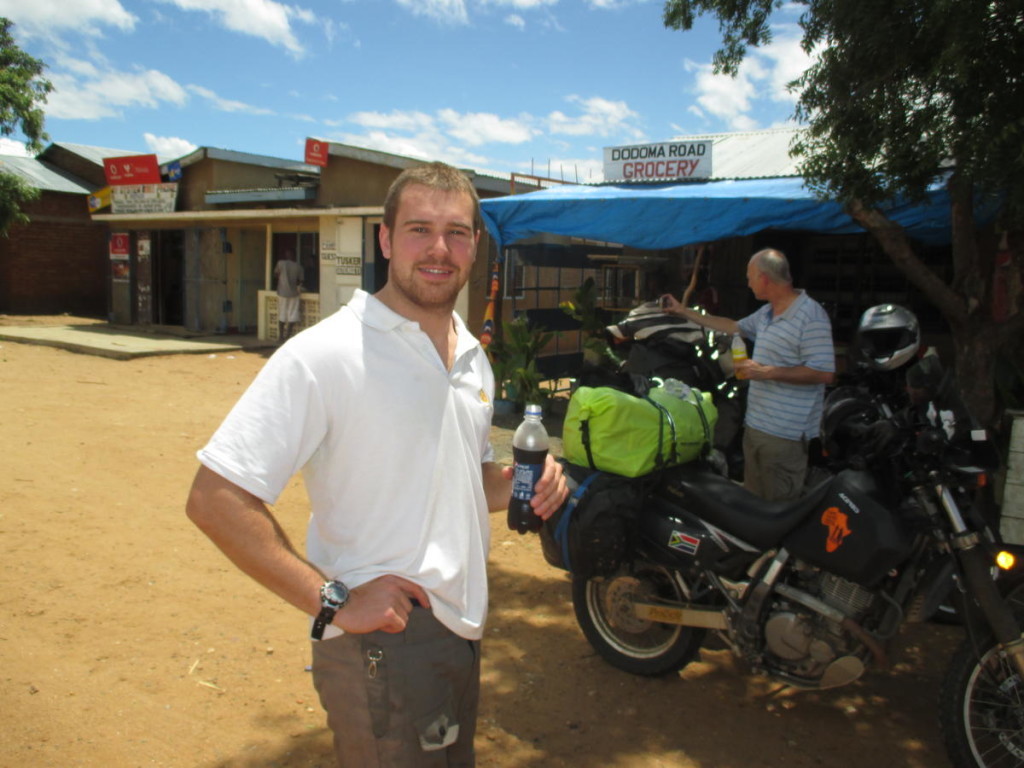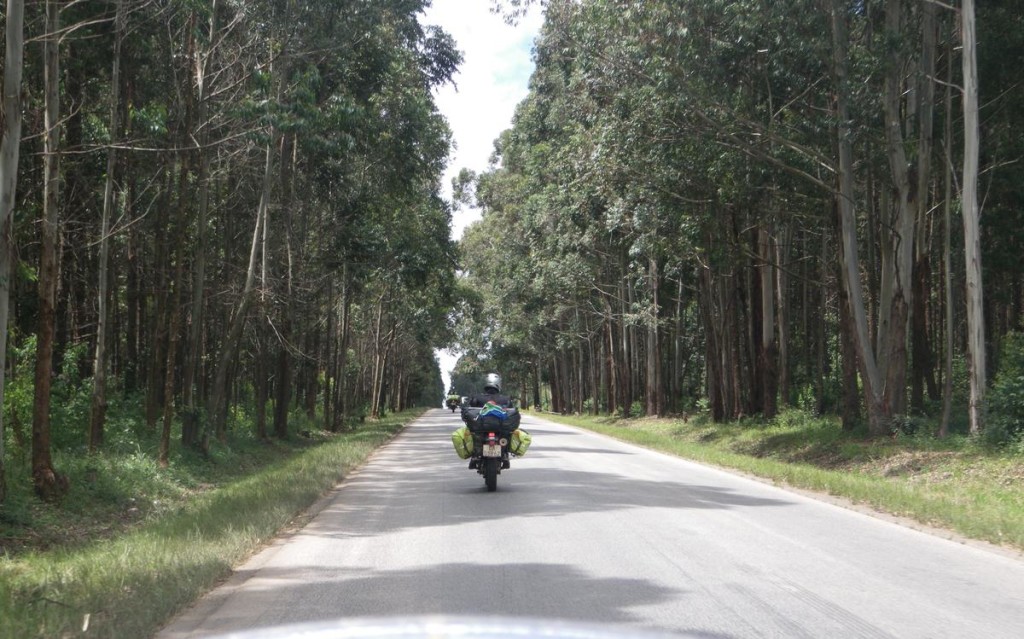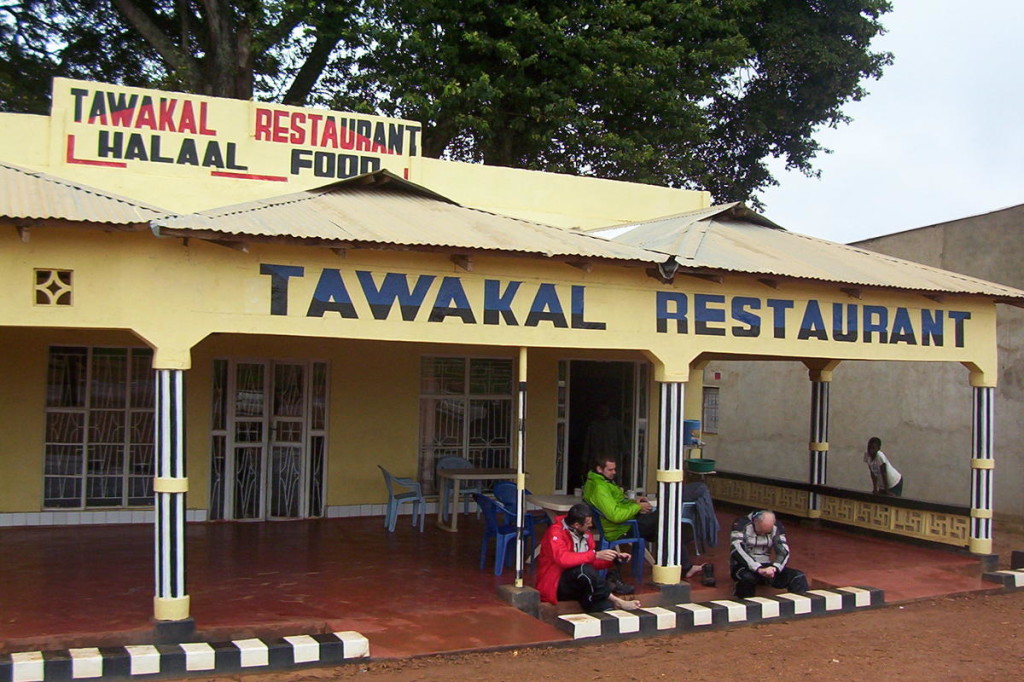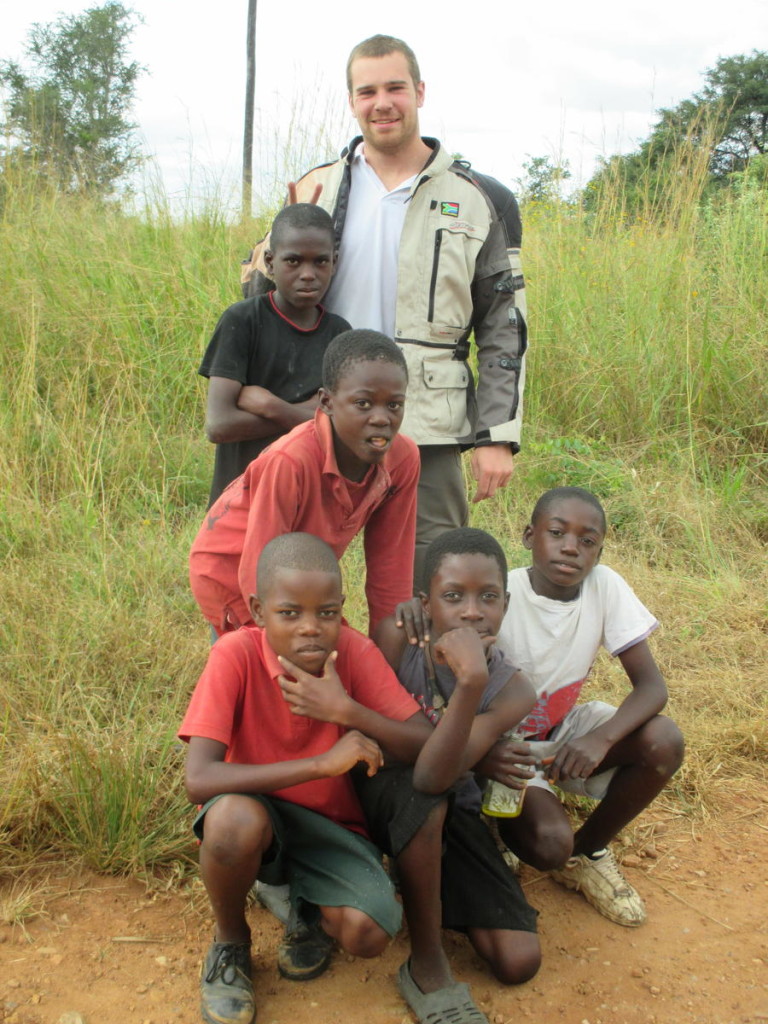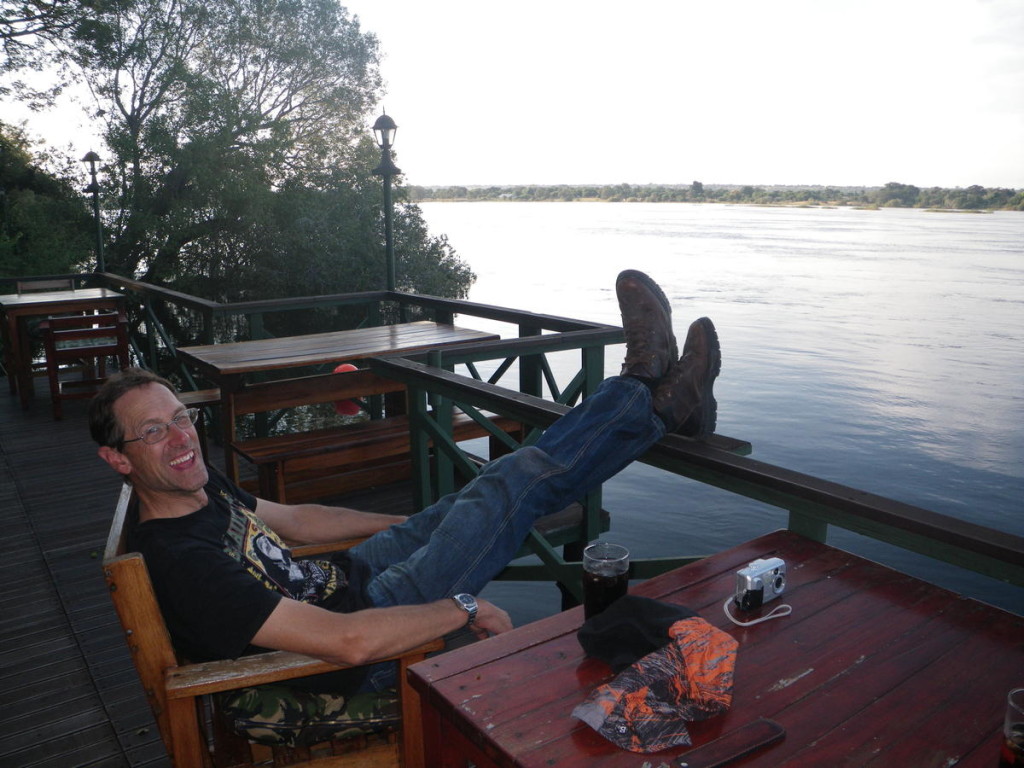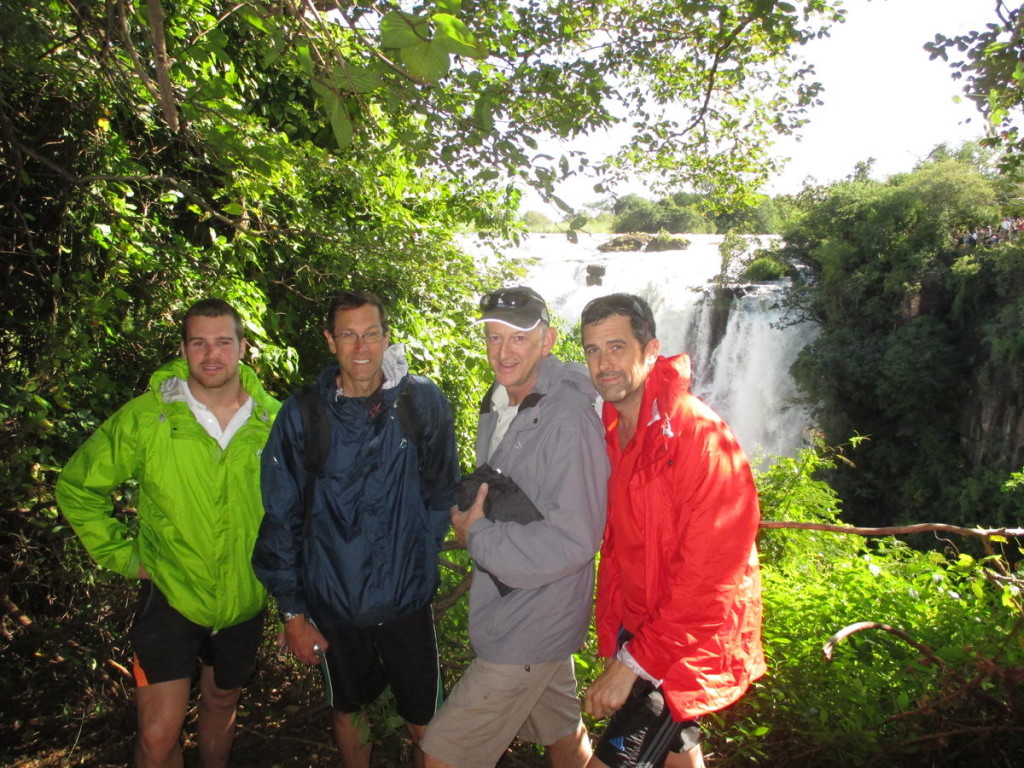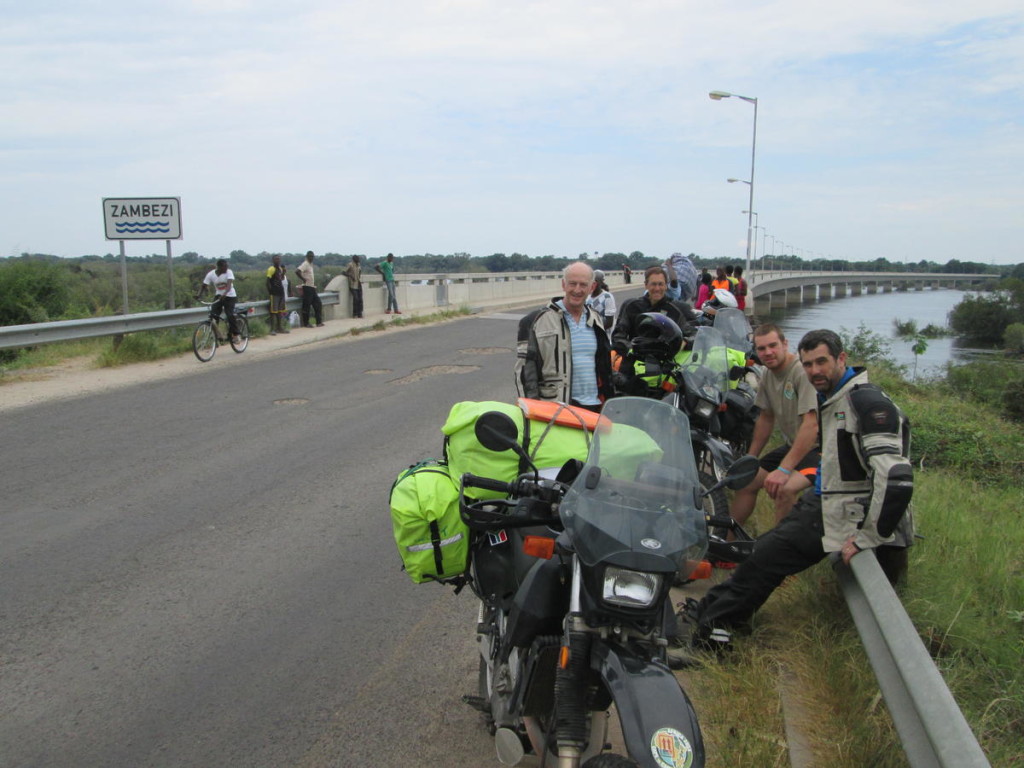443 km, 5657 km from Cape Town
OFF-TAR
The infamous Dodoma Road – well documented by other bike overlanders – was in store today.
It started out moist and drisly for the first 50 kms, which is tarred, and once were onto the gravel road, it started to pour in earnest.
The road is stunning as it carves through thick equatorial forest punctuated by small villages with mud abodes and women in brightly coloured robes.
The downpour lifted and the day turned lovely as we rode this often muddy, sometimes rocky, frequently steep, red-soiled, single-laned marvel of off-tar riding.
After a ten hour ride we hit the tar and we swept past on the eastern side of Lake Manyara with the mighty Mount Meru in the distance. Feeling very good we closed on the outskirts of the town of Arusha just as it was getting dark.
This close to the equator, there is little twilight and we found ourselves night-riding in the traffic that is typical of big African cities, with trucks, cars, taxis, buses, bikes, pedestrians and us, all fighting for there piece of the road.
The rule of the road here is drive on the left – more or less – and go, just go. At an intersection, if you are timid you will certainly see out your days right there.
We fought our way through this lot and after a twenty kilometer urban sprawl arrived at a place where our host was to meet us. Following the car they were in, we turned off the road and first weaved through closely packed shacks and shops and bars untill the path steepened and we climbed and clattered over the washed out remains of the road up to our cottage in a walled compound on the edge of mount Meru national park.
– Tango
There they were! Giraffe herds and zebra on the side of the main road, necking and swaying with the slopes of Mt. Meru in the back drop. There were more than a dozen, attracted by the flood plain waters and lush vegetation. A warthog scooted away when the bikes stopped to take pictures.
On the other side of the road, Maasai herders in villages with cattle lowing were expertly herded back home for the night. Maasai really seem to care for their animals, not rushing them along but with the patience of generations of herder understanding and a gentle stick wave. The perfect balance of wildlife and indigenous co-existence. The wild and the domestic, man and nature, sacred and profane. Bird life at our lodgings at Arusha was prevalent with bulbuls swooping, hornbills and crested barbets with distinctive call.
– Sierra
